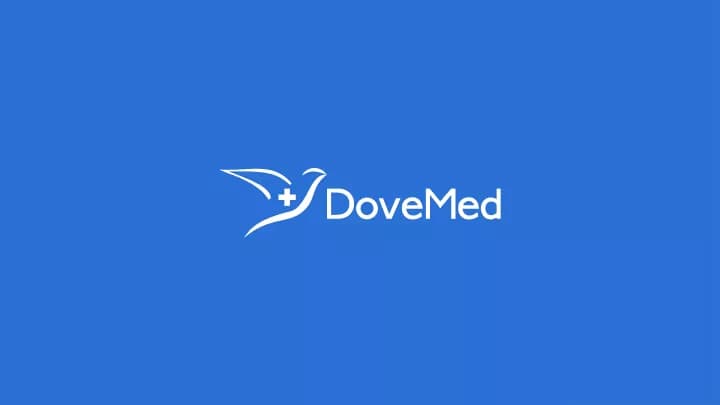Introduction:
Drowning is a significant global public health concern and a leading cause of injury-related deaths worldwide. It occurs when a person experiences respiratory impairment due to submersion or immersion in water, leading to asphyxia and potentially fatal consequences. This comprehensive article aims to provide an understanding of the causes, prevention strategies, recognition of drowning incidents, and appropriate emergency response measures to mitigate the impact of this life-threatening event.
Causes of Drowning:
Drowning can occur due to various factors and circumstances:
- Lack of swimming ability: Inadequate swimming skills or lack of water safety knowledge can increase the risk of drowning, particularly in children and individuals without formal swimming education.
- Unsupervised water access: Drowning incidents often happen when individuals, especially young children, have unsupervised access to swimming pools, bathtubs, lakes, rivers, or oceans.
- Alcohol and substance use: The impairment of judgment, coordination, and swimming abilities caused by alcohol or substance use can significantly increase the risk of drowning.
- Water-related accidents: Boating incidents, falls from watercraft, or unexpected entry into water from slips, trips, or falls near water bodies can result in drowning.
Prevention of Drowning:
Implementing preventive measures can significantly reduce the risk of drowning:
- Supervision: Always provide close and vigilant supervision, particularly for children, when they are near bodies of water.
- Learn to swim: Acquiring swimming skills, water safety knowledge, and education in rescue techniques can enhance personal safety and reduce the risk of drowning.
- Use life jackets: Properly fitting personal flotation devices (PFDs), such as life jackets, should be worn by individuals engaging in water activities, especially in open water or boating situations.
- Pool safety: Install barriers, such as fences and gates, around residential pools, and use pool alarms and safety covers to prevent unauthorized access.
- Water safety education: Promote water safety education programs within communities, schools, and recreational facilities to enhance awareness and promote safe practices.
Recognition of Drowning Incidents:
Recognizing the signs of drowning is crucial for timely intervention:
- Silent drowning: Drowning often occurs silently, without loud splashing or calls for help. Victims may struggle to stay afloat, exhibit a vertical posture in the water, or appear to be trying to climb an invisible ladder.
- Gasping for air: In some cases, drowning victims may exhibit gasping or hyperventilation as they attempt to breathe.
- Glassy or vacant eyes: Drowning victims may have a distant or unfocused gaze, as their bodies prioritize gasping for air over responding to external stimuli.
- Limp or weak movements: Individuals in distress may exhibit weak or ineffective movements, including an inability to wave for help.
Emergency Response to Drowning:
Swift and appropriate emergency response can be life-saving:
- Reach or throw, don't go: If someone is in trouble in the water, avoid entering the water yourself unless you are a trained lifeguard or have rescue equipment available. Instead, reach out with a long object or throw a flotation device to assist the person.
- Call for help: Immediately notify emergency services or alert nearby lifeguards or individuals trained in water rescue.
- Begin rescue breathing and CPR: If the victim is unresponsive or not breathing, initiate rescue breathing and cardiopulmonary resuscitation (CPR) until professional help arrives.
Conclusion:
Drowning is a preventable tragedy that claims countless lives each year. By understanding the causes, implementing preventive measures, recognizing the signs of drowning incidents, and responding with appropriate emergency measures, we can significantly reduce the occurrence and impact of drowning. Prioritizing water safety, education, and proactive intervention can save lives and promote safer aquatic environments for everyone.
Hashtags: #Drowning #WaterSafety #Prevention #EmergencyResponse #Lifesaving
Related Articles
Test Your Knowledge
Asked by users
Related Centers
Related Specialties
Related Physicians
Related Procedures
Related Resources
Join DoveHubs
and connect with fellow professionals




0 Comments
Please log in to post a comment.